The primary sign of gynecomastia is the enlargement of the male breasts. This is typically symmetrical in location about the nipple and can have a firm or rubbery feel. Gynecomastia mostly occurs on both sides but sometimes it can also be unilateral. Sensitivity and Tenderness may occur, but there is no intense pain. If unusual and persistent swelling, pain, tenderness, or nipple discharge occurs, it is important to see your doctor.
Some medical treatments exist to treat gynecomastia, but their effectiveness is limited. No medications have been approved for the treatment of gynecomastia; however, drugs that have been used to treat the condition are:
1.Testosterone replacement has been effective in men with low levels of testosterone; however, it is not effective for those who have normal levels of the male hormone.
2.Clomiphene is one of the drugs that can be used to treat gynecomastia. It can take more than 6 months.
3.SERM (the selective estrogen receptor modulator), and tamoxifen (Nolvadex) have been shown to decrease breast volume in gynecomastia, but it wasn’t able to entirely remove all of the breast tissue. This treatment often is used for painful or severe gynecomastia.
4.Danazol will reduce estrogen synthesis by the testes. However, it is less common to use Danazol to treat gynecomastia than other medications.
How much does a gynecomastia surgery in Iran cost?

Unfortunately, male breast reduction surgery in many countries is considered an expensive procedure and is not covered by most insurance plans. But don’t get disappointed! Because there are other options for the patients to reduce the cost of the surgery. You can have your treatment overseas and experience good quality surgery while paying low. Iran is one of the countries that offers its medical services at such a low price compared to other countries.
The cost of gynecomastia surgery in Iran is about $1,400 to $3,000. The price can be higher or lower based on some factors like the reputation of the doctor or the type of the operation, or the extent of the correction. The average cost of the same procedure in the United States is around $6,000 to $10,000. But in Iran, with the costs of your travel, you can still get your treatment at an affordable cost. That is why Iran has become one of the good places for patients to come and get their cosmetic or medical treatments in recent years.
You may wonder why the prices of this kind of surgery should be low in Iran. Well, the reasons for the low prices here are divided into 3 types. The first and most important reason is the low currency against other countries like the United States. The second reason is that the high number of applicants come to this country to have their treatments, and the last reason is the existence of many advanced hospitals and clinics in the cities of Iran. Therefore, the low prices here are not related to the bad quality of the services, and this feature made Iran a good destination for those who want to undergo any kind of surgery.
If you choose to get your treatment in Iran, we are ready to help you arrange your trip to Iran. Ermateb is a facilitator in the medical tourism industry located at Iran University of Medical Sciences. One of the main goals of our company is to provide the best medical services with the highest quality. We have gathered and arranged the best and top surgeons, doctors, and clinics. In addition, obtaining a visa, booking a flight, and accommodations, with transfer services to help the patient during the days of stay and medical procedures, providing postoperative care, following up with the patients, and related consultation are our other duties. So, you don’t need to worry about anything. We will take care of everything related to your trip and treatment. To have an effective and affordable gynecomastia surgery in Iran and get more information about all you need to know, you just need to contact us via WhatsApp or an online form on our website.
Candidates for gynecomastia surgery in Iran?
If you want to undergo a male breast reduction surgery, you should consider some features the following:
1.You have good overall health
2.You are not suffering from a life-threatening illness
3.You don’t have a condition that can impede healing.
4.You don’t smoke
5.You are a non-drug user
6.You don’t have unrealistic expectations
7.Your breast size has stabilized
8.You have lost your self-confidence and are embarrassed about your female-like breasts.
9.You are a normal weight, or if you are overweight, it is better to lose weight and then consider surgery. In some cases, when the patient loses weight, their breasts get smaller too.
10.Alternative medical treatments were ineffective in treating your condition
You better talk to a specialist to make sure you are a good candidate. After that, you should talk to your doctor about your goals and desires. Be clear about your expectations. Make sure you know every detail of this plastic surgery including benefits, risks, scars, changes in sensation, recovery, incision options, etc.
The advantages of gynecomastia surgery in Iran
The male breast reduction surgery can be done by excision, liposuction, or both of them. The operation has its advantages.
The pros of the male breast reduction surgery are:
1.Reduced discomfort and pain: Some individuals with gynecomastia may experience tenderness, pain, or nipple discharge in their breasts. This operation can help relieve these symptoms and make their quality of life better.
2.Improved physical appearance: having enlarged male breasts can cause embarrassment and self-consciousness, especially during exercising or swimming. A gynecomastia operation can help improve the breasts’ appearance, providing a more masculine look.
3.Increased confidence and self-esteem: so many people who are with gynecomastia may avoid social situations or activities that expose their chest because they feel insecure about their body image. The gynecomastia procedure can help those people to feel more comfortable in their skin and boost their confidence and self-esteem.
In Iran, about 700.000 or more cosmetic surgeries are performed every year. Well-experienced Iranian surgeons with excellent records perform this operation. The most important factor in choosing the best surgeon for your surgery is the many male breast reduction operations performed by the surgeon. Therefore, make sure you will choose a good surgeon who has performed many successful surgeries in this regard.
Hospitals and clinics are advanced and equipped with the latest medical facilities. These hospitals and clinics compete in attracting patients, especially those tourists that come from Middle East countries. This is the reason why these clinics and hospitals in Iran use the best material with high quality to satisfy the patients.
Also, there are no waiting lists for these surgeries. Usually, patients have to wait to get their treatment in their own country. But here, you don’t have to wait and can enjoy the medical services as soon as possible. Ermateb also will arrange immediate treatments for gynecomastia patients in the advanced hospitals and clinics of this country.
Scars of the gynecomastia surgery
When you have done the surgery, it is very likely to have some scars. However, a large breast reduction may also result in a vertical scar and a horizontal scar. These scars may take months to fade.
If you experience the symptoms below, inform your surgeon immediately:
1.Temperature higher than 38ºC or chills
2.Vomiting, Nausea, shortness of breath
3.Bleeding from the incisions
4.Leakage of fluid or blood beyond the first day after the operation
5.Worsening redness around your incision sites
6.Increasing tenderness or pain in either breast
7.Any other issues regarding your procedure, especially if it appears to be worsening
The surgeon will give the patient specific instructions on post-operative care which are:
1.How to care for the surgical site after the surgery
2.Medications to apply or take orally to help the process of healing and decrease the risk of infection.
3.When to visit your surgeon after the procedure
The truth is, you cannot avoid the scars. At first, the scars are red or purple and so obvious, but over time they will become thin white lines and fade.
Before the gynecomastia surgery in Iran
There are certain steps for the patients to do and prepare themselves before the surgery.
1.The first thing you should do is consult with your plastic surgeon and discuss your expectations, goals, and medical history. The surgeon will evaluate your chest and after that, he/she will recommend the best type of operation for you. Make sure you know everything about the advantages and disadvantages, risks, costs, and the recovery process.
2.At least two weeks before the surgery, avoid getting your chest tanned or sunburned. This can raise the risk of permanent scarring.
3.About one month before the operation, stop using any nicotine products or smoking. This is because they can impair healing and raise the risk of side effects.
4.Stop taking anti-inflammatory drugs, aspirin, herbal supplements, and any other medicines that can affect blood clotting for at least 3 weeks before the procedure. The doctor will advise you on what medications you must take or avoid before surgery.
5.You should follow a healthy diet and exercise regime to have a stable weight.
6.Arrange for someone, like your friend or a member of your family, to drive you home following the surgery and stay with you for the first night. For the first few days after the operation, you will need someone to help you with your daily activities.
Types of gynecomastia and during the surgery
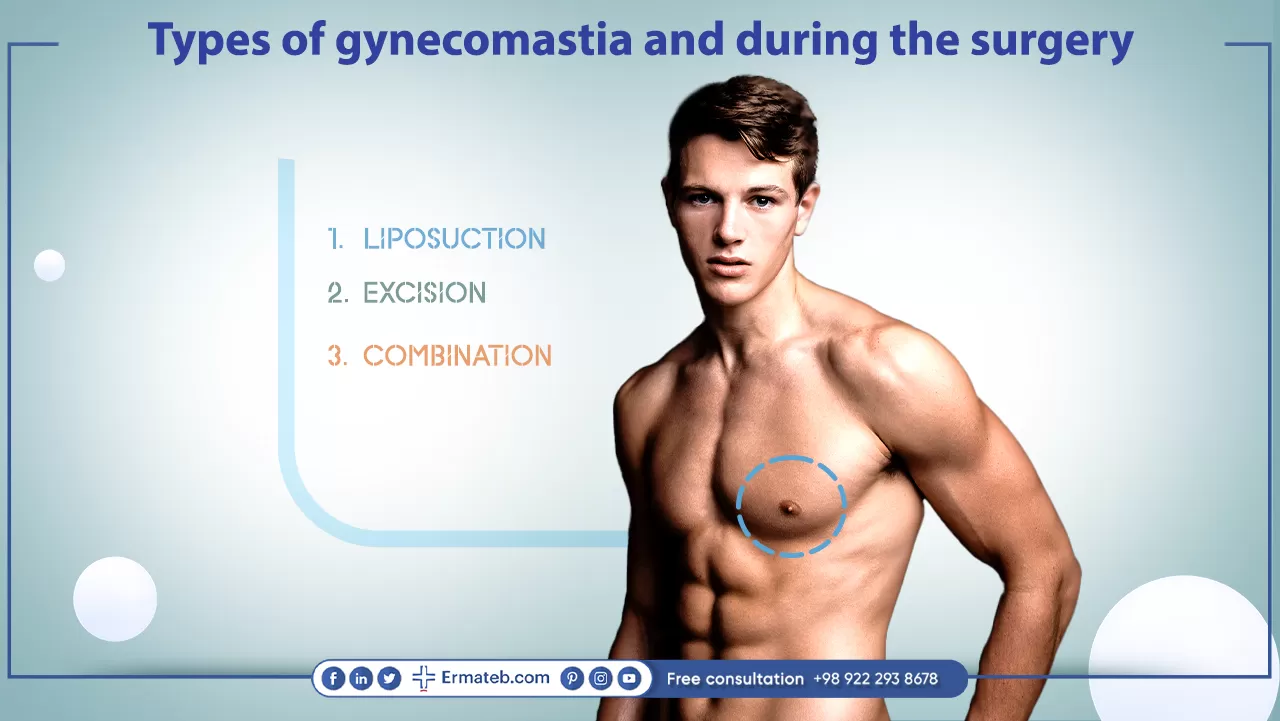
Generally, there are different types of this operation depending on the needs of patients. Some of them are:
1.Liposuction:
Liposuction includes inserting a thin tube through small incisions and suctioning out the extra fat from the chest area. The procedure does not eliminate the glandular tissue; thus, it is just suitable for individuals with good skin elasticity and minimal glandular tissue.
2.Excision:
It includes making larger incisions and cutting out the extra glandular tissue, fat, and skin from the chest area. The procedure can resize and reposition the areola and the nipple if they are stretched or sagging. This procedure leaves visible scars and is more invasive.
3.Combination:
This includes using excision and liposuction to eliminate unwanted fat and tissue. The procedure can achieve more balanced and natural outcomes, especially for those with poor skin quality or severe gynecomastia.
For the operation, you will be given local or general anesthesia to make you comfortable during the procedure and numb the pain. During the procedure, the surgeon makes large or small incisions on the chest, which depends on whether they’re using excision, liposuction, or both.
If using liposuction, the surgeon utilizes a cannula (a thin tube) to suction out the extra fat from your chest area. If using excision, they will also cut out the extra glandular tissue, nipple, and skin. They will contour and reshape your chest to get a more masculine appearance.
The surgeon will close the incisions with staples and stitches and cover them with dressings or bandages. He may also insert drainage tubes to eliminate any blood or fluid which may accumulate under the skin.
The surgeon will monitor the patient’s vital signs and check for any complications after the surgery. The patient will be moved to a recovery room where they will stay for a few hours or overnight. It depends on the patient’s condition and the type of anesthesia they received.
The surgeon will give you instructions on how to care for your wounds, how to manage pain and swelling, how to wear a compression garment, and when to resume your normal activities. You will also need to follow up with your surgeon regularly to monitor your healing and results.
Gynecomastia surgery risks and side effects
Like many surgeries, male breast reduction can have some risks and complications. These complications can be:
1.The reactions to anesthesia,
2.Suture, tape, and infection
3. Glues, bleeding, and breast asymmetry or irregularity
4.Change in nipple sensation
5.Fat necrosis
6.Fluid accumulation and blood collection
7. Poor healing
8.Damage to nerves or vessels
9.Pain and scarring
10.Contour irregularities
11.May be needed for revision surgery
We should note that these risks and complications do not happen to everyone, and if they do, may require additional treatment or operation to correct.
The recovery process of gynecomastia surgery
In general, this operation is not a major one. After the surgery gets done, bandages and dressings will be applied to the patient’s incisions. The patient will be taken to a recovery room where vital signs will be monitored. The patient will be given painkillers and antibiotics to prevent infection. To reduce swelling and help the healing process, you may be asked to wear an elastic bandage.
The patient should rest and also avoid strenuous activities, lifting heavy objects, or movements that could strain the chest. The patient better sleep on the side or back with the head elevated to decrease discomfort and swelling. Keep the surgical area dry and clean and also change the dressings as directed. Don’t shower until the doctor says it’s ok to do so. Do not apply any lotions, creams, or ointments to the incisions.
Avoid drinking alcohol, smoking and avoid exposure to direct heat, sunlight, or cold on the chest for a few weeks or months. The patient should eat a healthy diet rich in zinc, protein, and vitamin C, and drink plenty of water to promote the healing process of the wound and tissue regeneration.
When the patient feels comfortable and by the doctor’s advice, they should resume their normal activities. He/she may be able to go back to work or school after a few days or weeks. Mostly, it depends on the nature of the patient’s job or studies. they better avoid pushing, pulling, or chest exercises for about 6 weeks. wear loose-fitting clothing that does not irritate the chest.
The patient may experience bruising, itching, numbness, or soreness in the chest area for a few weeks or months after the procedure. The scars around the incisions will fade over time, but they may not completely go.
The patient should follow up with the surgeon to monitor their progress and address any side effects or concerns. The surgeon will eliminate the stitches and drains after one or two weeks and evaluate the outcomes of the operation. The patient may require additional operations or revisions to correct any asymmetry, contour irregularities, extra skin, or nipple retraction. The final results of the procedure may take one year to become visible. The doctor will give the patient some instructions on how to care for the incisions, drains, and compression garments.
As you may know, the healing process of bruising takes time. Desired outcomes will show themselves after months. Therefore, you should be patient, either before or after the operation.
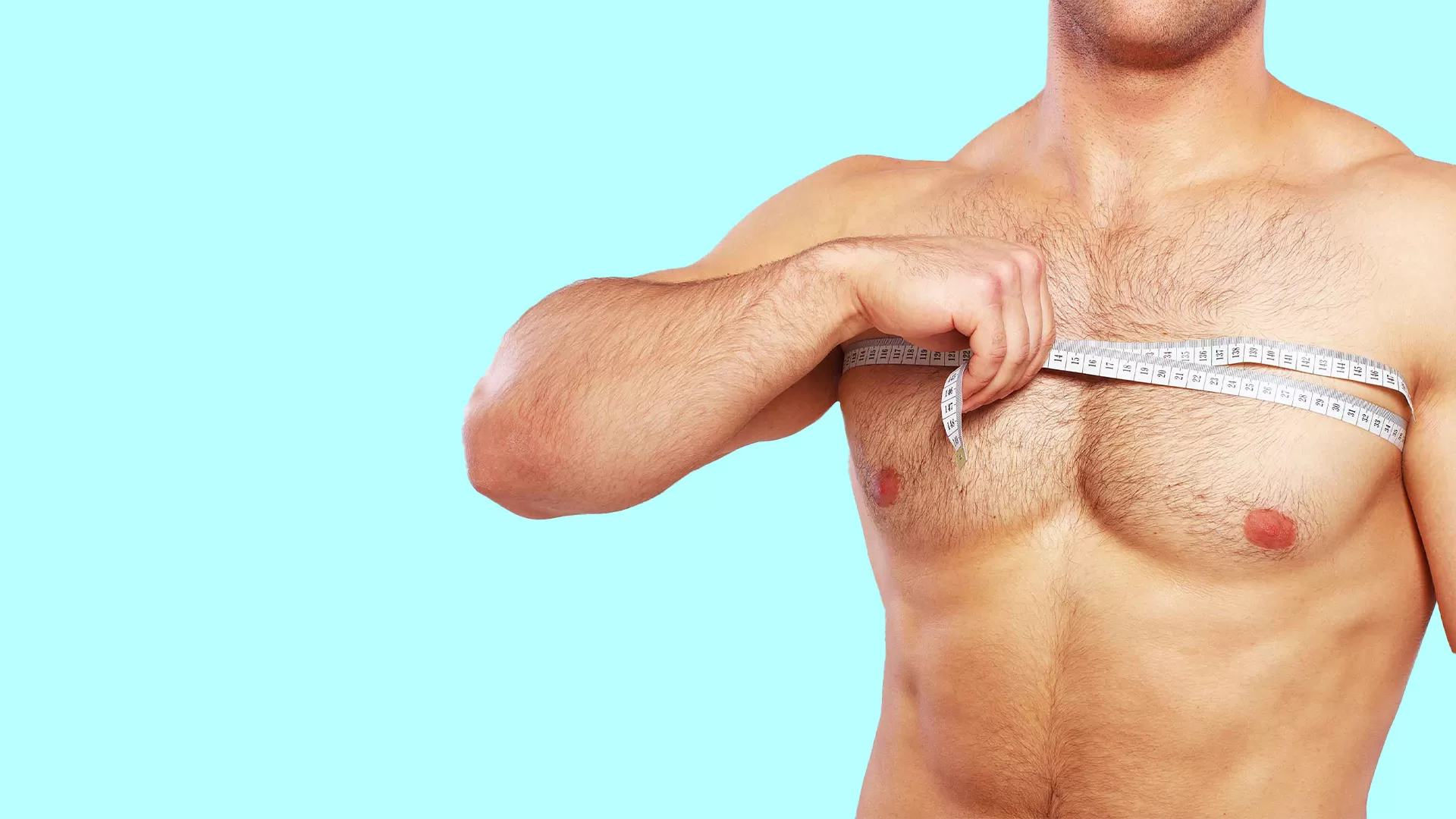
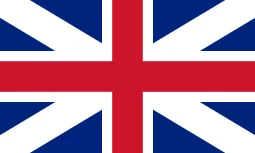
 Arabic
Arabic
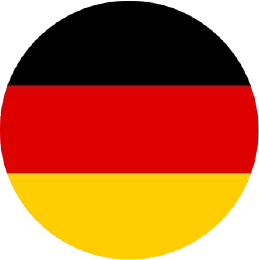 German
German
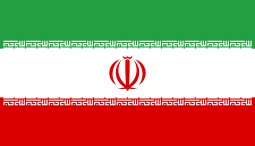 Persian (Farsi)
Persian (Farsi)
 Russian
Russian
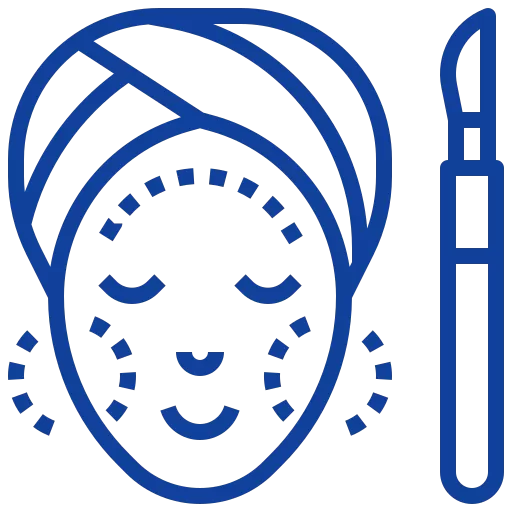 Beauty
Beauty

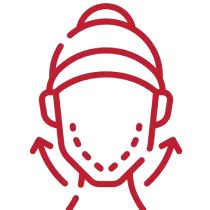

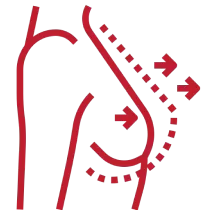
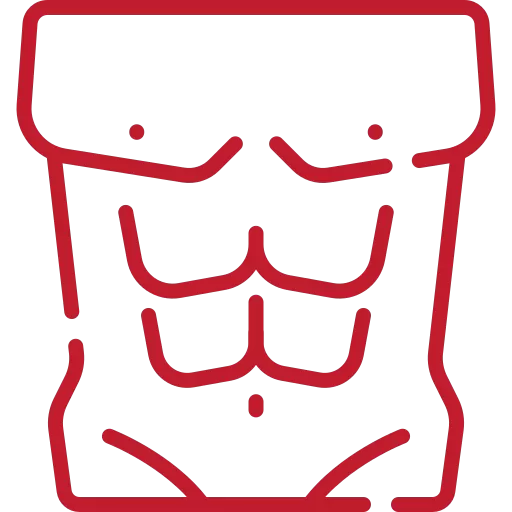

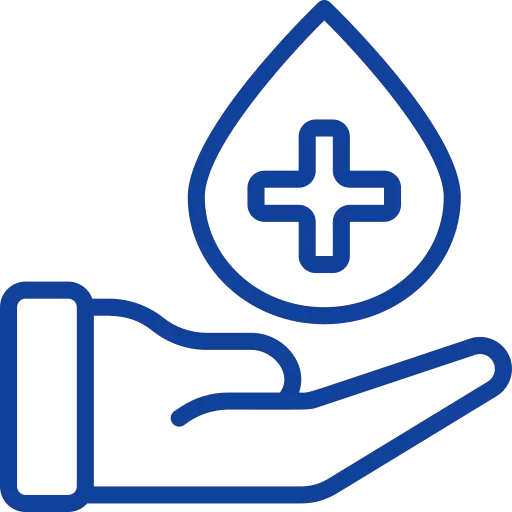 Medical
Medical



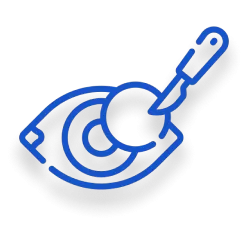
 Hotels
Hotels
 Hospitals
Hospitals































![Frequently asked question about [name]](/v2tem/images/pages/service/faq-image.webp)
